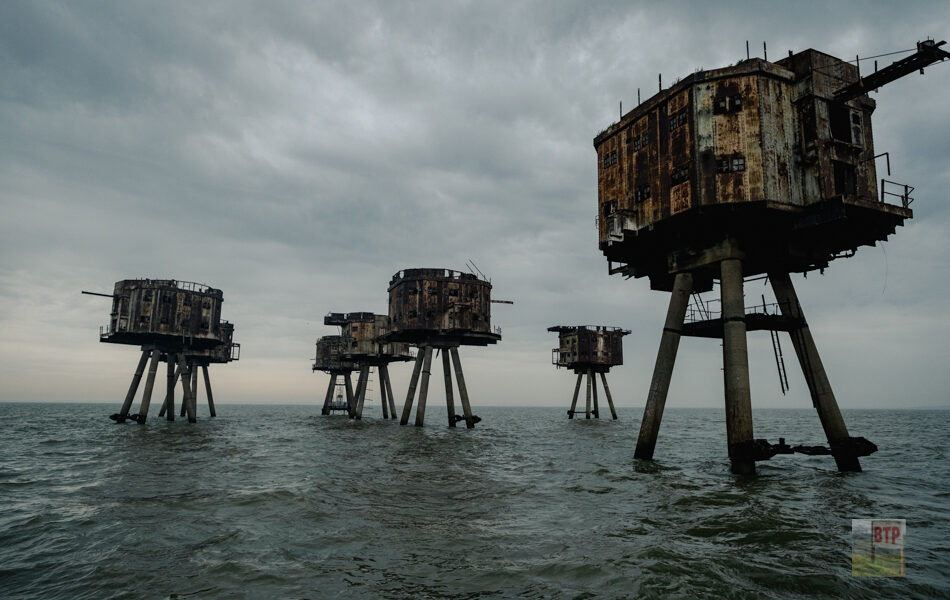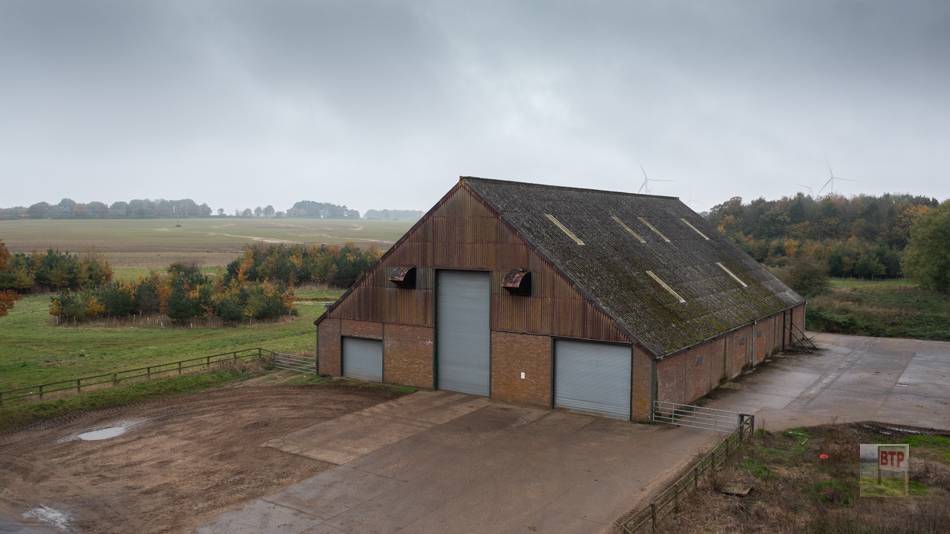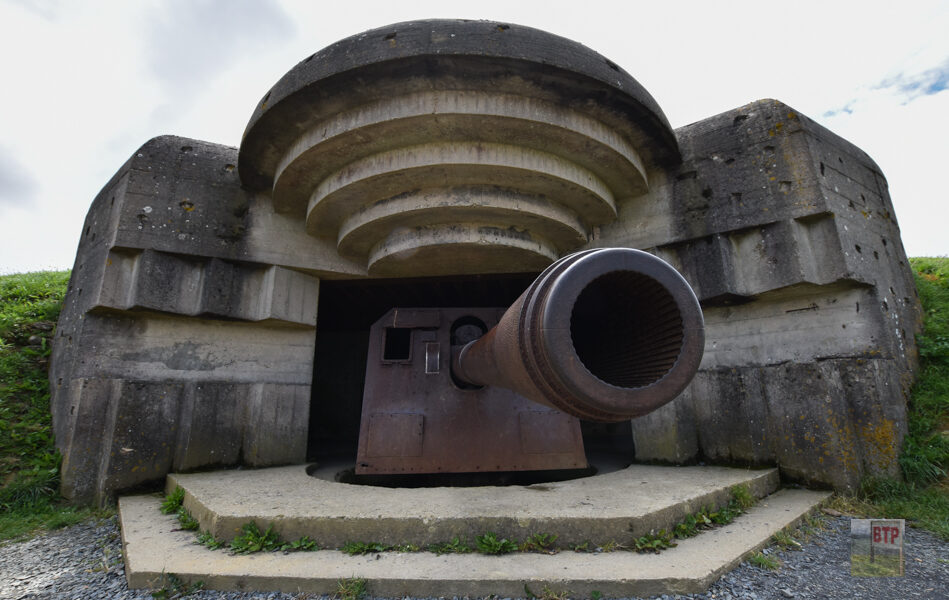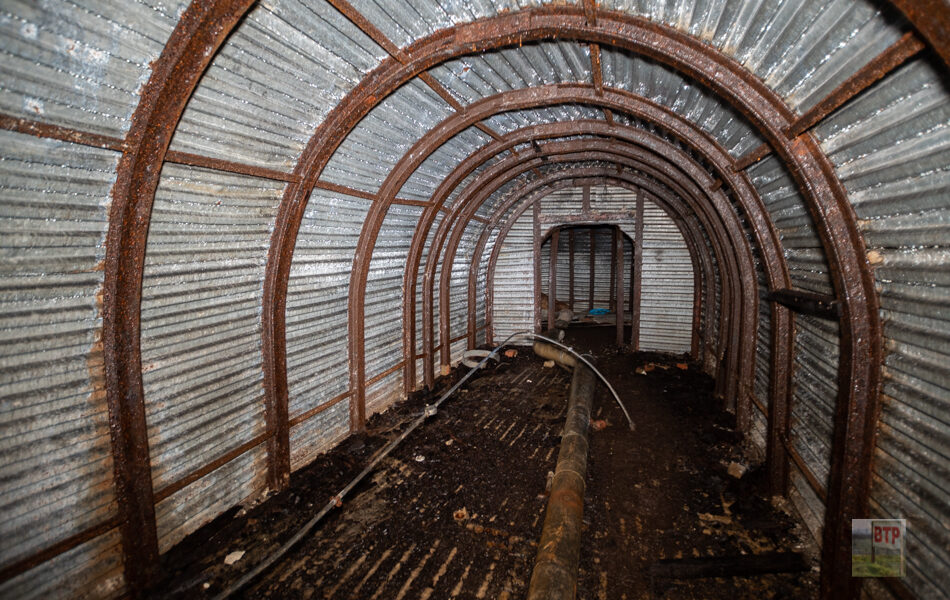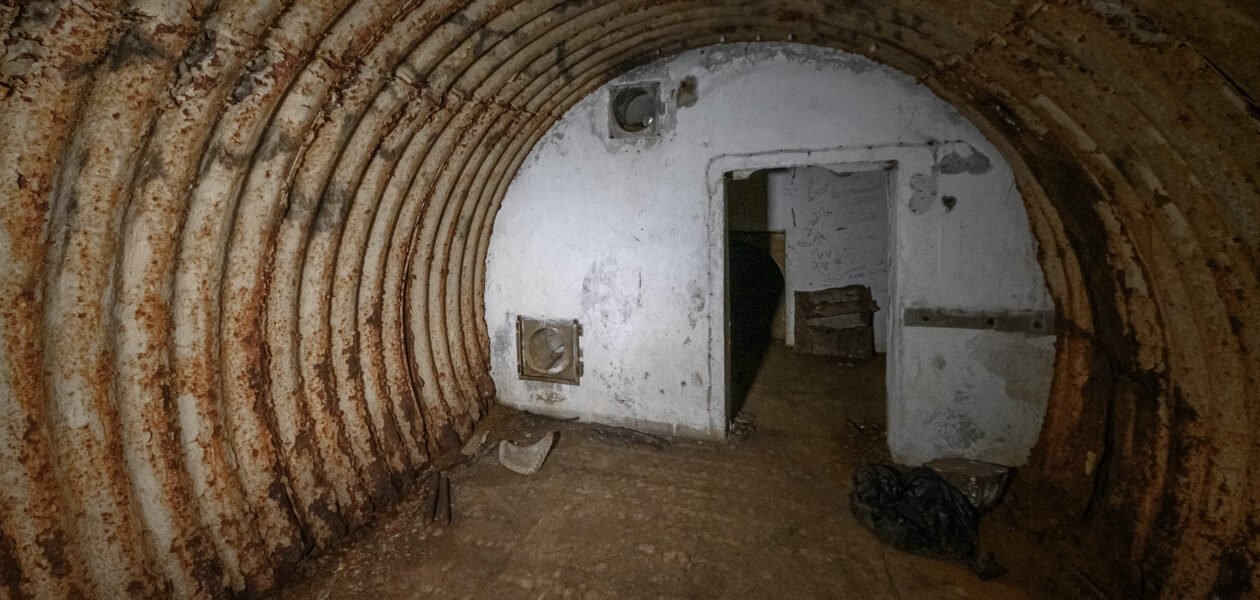SS Richard Montgomery Wreck
The SS Richard Montgomery was a US Liberty Ship, constructed in 1943. In 1944 it was part of a convoy delivering explosives with 7,000 tonnes on this ship along. Whilst heading to Sheerness on August 12th 1944, the ships anchor was caught in the sandbanks off the Kent coast, causing the vessel to become grounded….
View More

